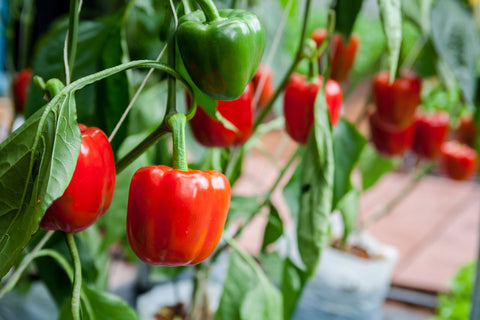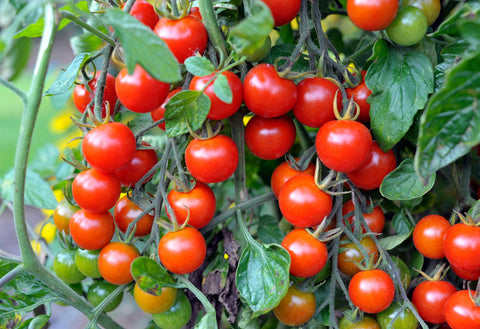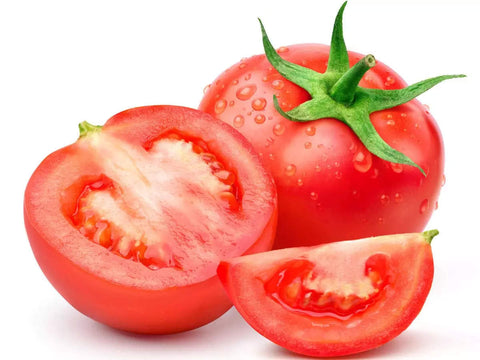As the days grow longer and the temperatures begin to rise, March signals the arrival of spring and the promise of fresh, vibrant flavors. While the outdoor garden may still be waking up from its winter slumber, there's no need to wait for a bountiful harvest to enjoy homegrown goodness. Enter microgreens – tiny, nutrient-packed plants that are bursting with flavor and ready to elevate your meals from ordinary to extraordinary. In this guide, we'll explore the world of growing microgreens in March, from selecting the best varieties to harvesting and enjoying these miniature marvels.The following content also has some reference value for raised garden beds.
1. What are Microgreens?
Microgreens are young, tender greens that are harvested at the cotyledon stage, just a few weeks after germination. These small plants pack a powerful flavor, color, and nutritional value, making them the favorite of professional chefs and cooking enthusiasts at home. From spicy arugula and peppery radishes to delicate pea shoots and earthy beet greens, microgreens come in a wide range of flavors and textures, adding depth and complexity to salads, sandwiches, soups, and more.
2. Why Grow Microgreens in March?
March is the perfect time to start growing microgreens indoors, as the longer days and increasing sunlight provide ideal conditions for rapid growth. By sowing seeds indoors, you can enjoy a steady supply of fresh greens throughout the spring, even if the outdoor garden is still in the early stages of development. Plus, growing microgreens is quick, easy, and requires minimal space, making it an accessible option for gardeners of all skill levels.

3. Choosing the Right Varieties
When it comes to selecting microgreen varieties to grow in March, the possibilities are virtually endless. Consider starting with some of the most popular and versatile options, such as:
- Pea shoots: Sweet and tender, pea shoots add a fresh, spring-like flavor to salads, sandwiches, and stir-fries.
- Sunflower shoots: Nutty and crunchy, sunflower shoots are packed with vitamins and minerals, making them a nutritious addition to any meal.
- Radish microgreens: Spicy and peppery, radish microgreens add a burst of flavor and color to salads, tacos, and sushi rolls.
- Kale microgreens: Earthy and robust, kale microgreens are rich in antioxidants and make a hearty addition to smoothies, soups, and omelets.
- Broccoli microgreens: Mild and slightly sweet, broccoli microgreens are packed with vitamins and minerals, making them a healthy choice for salads and sandwiches.
4. Growing Microgreens Indoors
To grow microgreens indoors, you'll need a few basic supplies, including:
- Shallow trays or containers: Use shallow trays or containers with drainage holes to plant your microgreen seeds.
- Potting mix: Choose a high-quality potting mix or seed starting mix that is free-draining and sterile to prevent mold and disease.
- Microgreen seeds: Select high-quality microgreen seeds from a reputable supplier, and choose organic, non-GMO varieties whenever possible.
- Watering can or spray bottle: Use a watering can or spray bottle to gently water your microgreens as needed, keeping the soil evenly moist but not waterlogged.
- Light source: Microgreens need plenty of light to grow, so place them in a sunny windowsill or under a grow light for 12-16 hours per day.

To plant your microgreen seeds, simply fill your trays or containers with potting mix, sprinkle the seeds evenly over the surface, and lightly press them into the soil. Water gently to settle the seeds, and place the trays in a warm, sunny location. Within a few days, you'll start to see tiny seedlings emerge, and within a couple of weeks, you'll be ready to harvest your first batch of microgreens.
5. Harvesting and Enjoying Microgreens
Once your microgreens have reached a height of 1-2 inches and developed their first set of true leaves, they are ready to harvest. Use clean scissors or a sharp knife to snip the greens just above the soil line, taking care not to disturb the roots. After harvesting the microgreens, wash them under cold water to eliminate any dirt or debris, then carefully dry them with a clean towel.
Microgreens are best enjoyed fresh and raw, so add them to salads, sandwiches, wraps, and smoothies for a burst of flavor and nutrition. You can also use them as a garnish for soups, stews, and stir-fries, or incorporate them into your favorite cooked dishes for added texture and color.

Conclusion
Growing microgreens in March is a rewarding and satisfying way to kickstart your spring gardening season and enjoy fresh, flavorful greens all year round. With a little time, effort, and attention to detail, you can harvest a bounty of nutrient-packed microgreens right from the comfort of your own home. So why wait? Get started today and discover the joy of growing your microgreens for a healthier, happier you.









